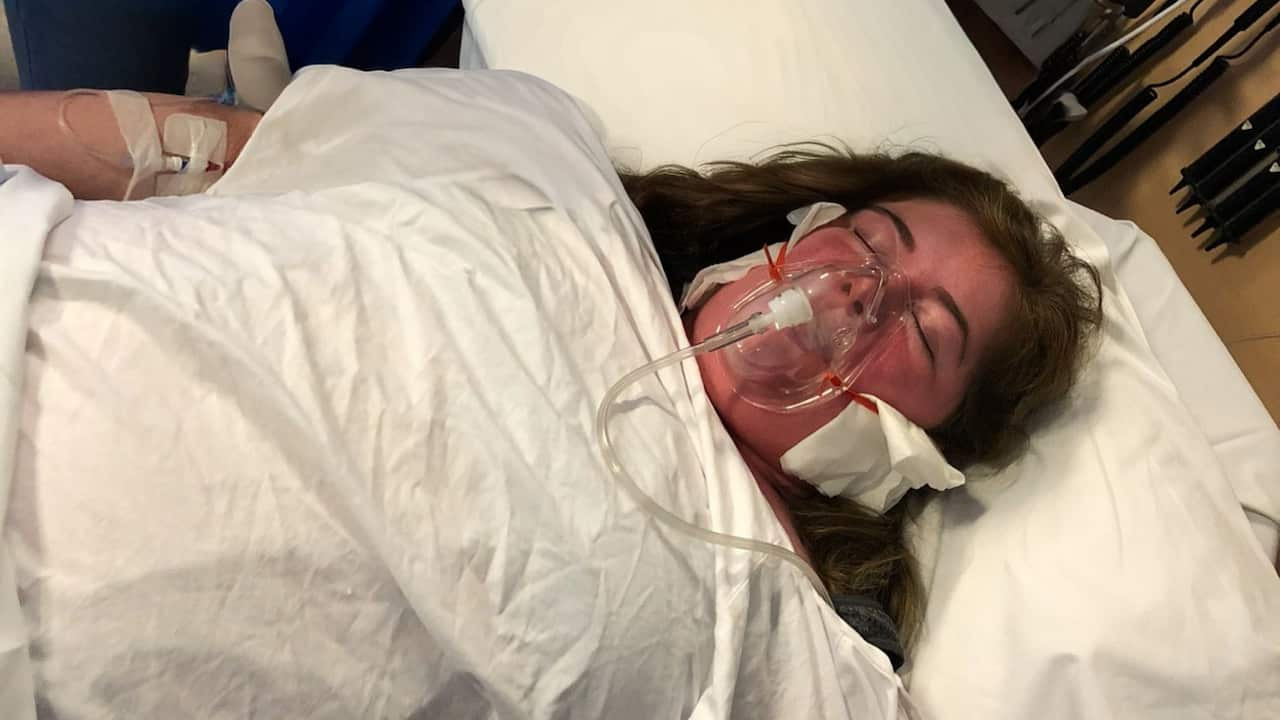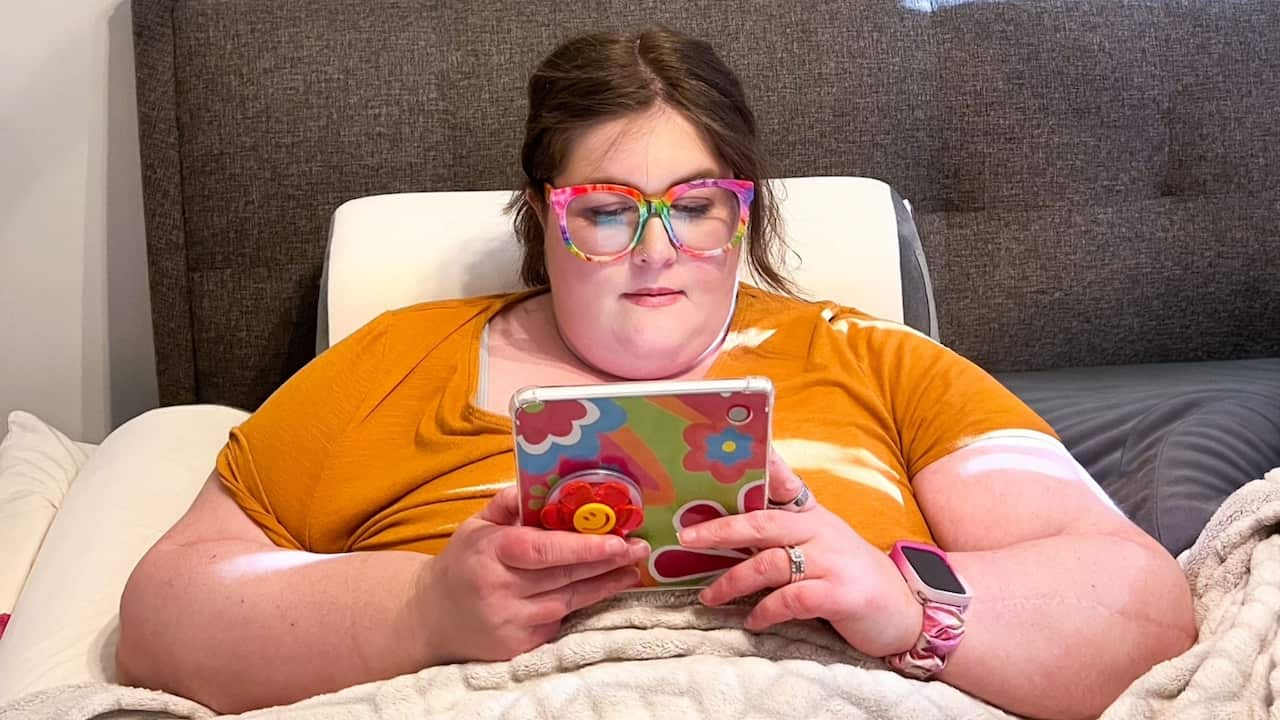Insight speaks with tech enthusiasts and abstainers, and those experiencing tech addictions — asking, are we too reliant on our digital devices? Watch Insight episode Your Brain On Tech on SBS On Demand.
Stream free On Demand

Your Brain On Tech
episode • Insight • News And Current Affairs • 52m
episode • Insight • News And Current Affairs • 52m
In October 2018, I was admitted to the hospital for the 13th time in two years for autoimmune disease lupus-related infections.
I had agonising back pain that caused me to scream whenever I breathed; my lung had collapsed, and I had pneumonia.
After a week, I was discharged and went home with another course of antibiotics. However, my recovery would soon take a dire turn.
I was making lunch for myself one day in the weeks following my release from hospital, and I remember standing over the stove, not feeling well. I felt dizzy and weak but couldn't quite put my finger on why.
Given my history of poor health, I was used to feeling crappy. But as a result, I sometimes struggled with identifying what is 'normal' or life-threatening for my ailing body.
This is where my smartwatch came in.
I sat down with my bowl of pasta and thought to check my smartwatch for my heart rate. It was 131bpm. I do love my carbs, but that was abnormal — even for me.
I ate a few mouthfuls and started to feel worse. I checked my heart rate again — it was now 145bpm.
As a normal resting heart rate for adults generally is between 60-100bpm, it was time to call triple-zero.
'My face felt like it was on fire'
In the ambulance, I was shaking and shivering with a temperature of around 40C.
My face felt like it was on fire, my heart was racing, and my resting heart rate reached 189bpm.
At the hospital, doctors did bedside scans to figure out what was wrong with me while also trying to stabilise me with multiple IV drips.
This was now the 14th hospital admittance I had had in two years for lupus-related issues.

Corinne during her hospitalisation for septic shock. Source: Supplied
I had septic shock, which was a complication from a collapsed lung and pneumonia paired with my chronic conditions.
And I truly believe that heeding the smartwatch's warning saved my life.
Seizures and smart speakers
The months of recovery was both physically and mentally challenging but the decision to buy another smartwatch when my old one eventually died was easy.
As someone with multiple chronic illnesses, I find technology really helps me to understand my body in the day-to-day.
The data from the devices may not always be 100 per cent accurate but with the insights they give, I feel the technology helps to translate the 'different language' my body is speaking.

Corinne says she finds tech helpful in managing her chronic health conditions. Source: Supplied
This means that I can listen to music to distract myself from the worry of having a seizure while showering. It also allows me to tell the built-in AI assistant to call my husband when I feel a seizure coming on.
Showering used to be a very vulnerable part of the day, but now I have some peace of mind that help can come.
'Tech is not inherently good, nor evil'
I know that for many, the thought of integrating more technology into our everyday lives can cause concern over potential over-reliance.
My view on this is that tech is here to stay and we are living in modern times. We can choose to embrace it or reject it in our own lives — but it won't change its prevalence in the world.
I mostly use tech devices as safety precautions in managing my health (with smatterings of social media for work and connecting with loved ones — where my disabilities often preclude me from doing so physically).
I'm excited for the future of technology and to see in which ways it can benefit me.
I believe it is our choice as to the roles digital devices play.
It's your choice to pick them up, and it's your choice what you do when you're on them. If you put your phone down, it's not going to jump back into your hand.
Tech is not inherently good, nor evil — that's a hill I'll die on — but hopefully not anytime soon.
Readers seeking support for mental health can contact Beyond Blue on 1300 22 4636. More information is available at beyondblue.org.au. Embrace Multicultural Mental Health supports people from culturally and linguistically diverse backgrounds.
And for more stories on sex, relationships, health, wealth, grief and more, head to Insightful — an SBS podcast series hosted by Kumi Taguchi. Follow us on the SBS Audio App, Apple Podcasts, Spotify, or wherever you get your podcasts.
Share
Insight is Australia's leading forum for debate and powerful first-person stories offering a unique perspective on the way we live. Read more about Insight
Have a story or comment? Contact Us




